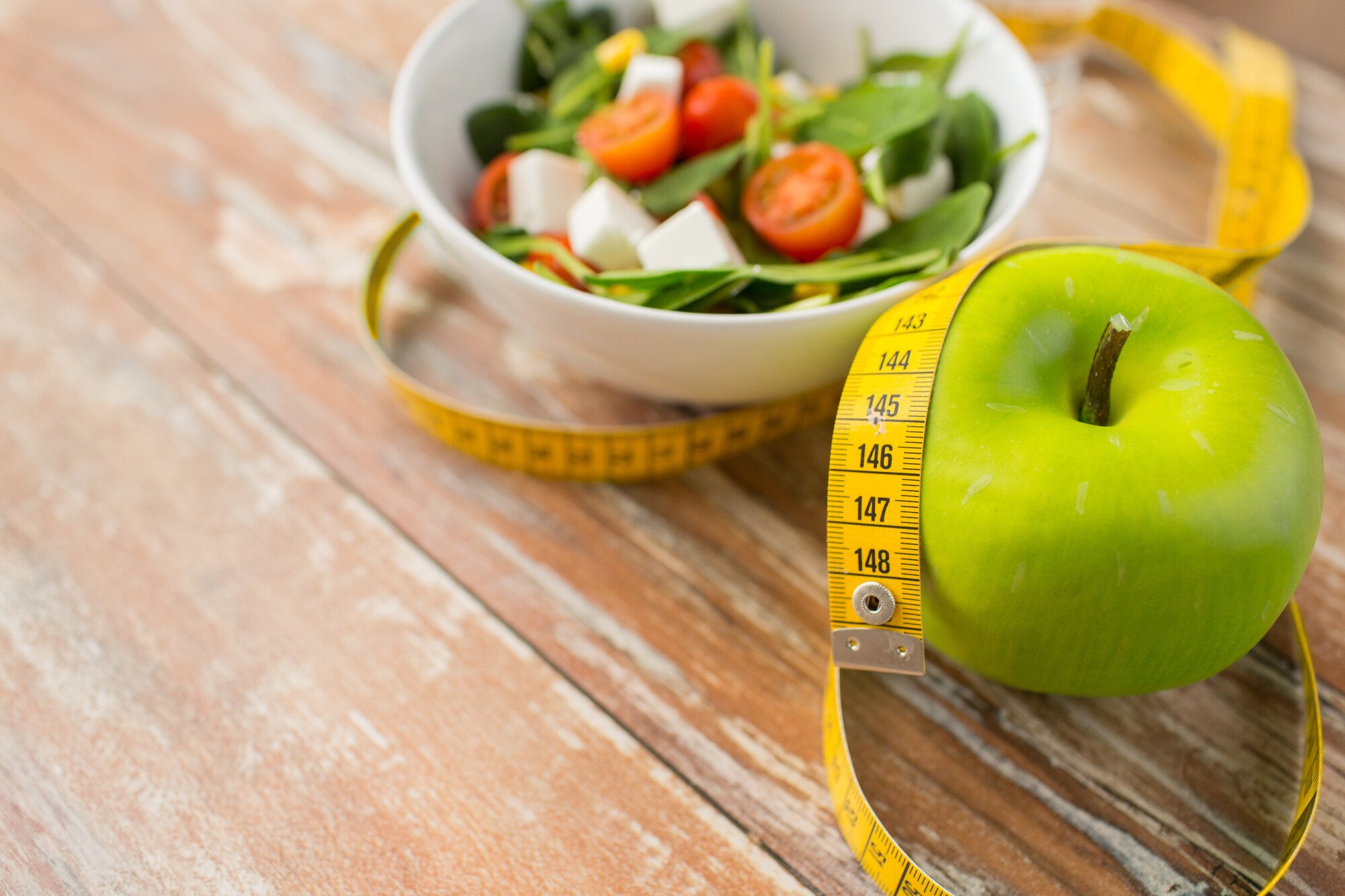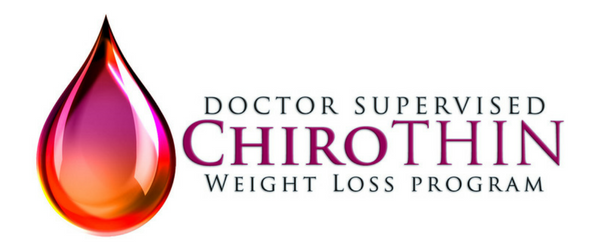
Have you ever mindlessly snacked on a bag of chips or finished off an entire pint of ice cream in one sitting? It’s easy to do when you’re not paying attention to portion sizes. And, as you might know, paying attention to portion sizes is one of the most important aspects of losing weight and healthy eating.
That’s why it’s important to know how to measure one portion of food. Doing so allows you to keep yourself accountable for your eating and make healthier choices.
But what exactly is a portion size? How much should you be eating of certain foods?
That’s what we’re about to answer. This quick nutrition guide will break down the basics of portion control and give you some helpful tips for measuring your food. With a little effort and attention, you can maintain a healthy lifestyle and still enjoy the foods you love.
Why Portions Matter When Losing Weight
When we talk about weight loss as it relates to healthy nutrition, we’re basically talking about burning more calories than we consume. And if we consume more calories than we need, those excess calories get stored as fat in our body, which leads to weight gain.
While you can count and track calories, measuring a portion size is another effective way to ensure you’re getting the right nutrients and calories as part of a healthy eating regime or pre-planned diet.
This is because we often tend to underestimate the amount of food we eat, and as a result, we consume more calories than we need. For instance, a standard restaurant portion can contain two to three times the calories we should eat in one meal.
But, when we control our portions, we can reduce the calories we consume, which can help us lose weight. Therefore, it’s essential to measure our food portions accurately.
Basically, the bottom line is that controlling portions is vital when trying to lose weight as it helps you consume fewer calories.
How to Measure One Portion of Food
So, you need to measure one portion of food. If you’ve ever tried to do that, you likely know it’s challenging to measure out servings correctly and precisely.
First, check the portion size of whatever you’re eating. Typically, these are listed in grams on the packaging. Depending on what you’re eating, you might find it listed in cups or ounces, though.
Once you know the precise portion size, try the following measuring methods to see which works best for you.
Cups and Spoons
Measuring cups and spoons are a convenient and easy way to measure food portions. Use a cup to measure rice, pasta, cereal and a tablespoon for peanut butter and olive oil. Measuring scoops can also be useful for measuring cookie dough and ice cream.
Scale
A food scale is perhaps the most effective way to measure portions, especially meat and fish. The recommended serving size for meat is typically 3 to 4 ounces, so weighing it to avoid overeating is essential.
Ensure to weigh the cooked meat, not the raw, as the weight will change after cooking. Ultimately, though, whether you’re measuring meat, veggies, cereal, or any other type of food, a scale allows you to get one of the most accurate measurements.
Fist
Believe it or not, your fist is approximately the size of one portion of veggies or fruit. So, if you’re cooking up an array of veggies or serving up a fruit salad, use your fist as a guide to measure out what you need.
Comparison
Comparing portion sizes to everyday objects is a good (albeit not perfect) way to measure portion sizes if you’re in a pinch. For example, one serving size of cheese is about the size of four dice, while a serving of peanut butter is the size of a ping-pong ball.
To ensure the accuracy of this measuring technique, you’ll need first to be familiar with the portion sizes of the healthy foods you eat. For example, this technique works okay if you’re used to measuring portions using a scale or cups and need to measure some veggies for lunch on the go.
However, we ultimately recommend opting for a method yielding more precise, consistent measurements.
How to Complement Healthy Portion Sizes
Measuring portions is important when trying to lose weight and become healthy, but it’s not the only factor to consider. Choosing the right foods and exercising regularly are just as important. Here are some tips to complement your healthy portion sizes.
Follow a Fitness Routine
In addition to adjusting your portion sizes, exercise is crucial for weight loss and overall health. Exercise can help boost your metabolism, burn calories, and improve your physical and mental health.
According to the Centers for Disease Control and Prevention, adults need at least 150 minutes of moderate-intensity aerobic exercise or 75 minutes of vigorous-intensity aerobic exercise per week.
Choose the Right Foods
You can measure one portion of food and still not lose weight if it’s not the right kind of food. Focus on foods rich in nutrients like fruits, vegetables, whole grains, lean proteins, and healthy fats. These foods provide essential vitamins, minerals, and fiber while keeping you full and satisfied.
Be Mindful of Your Macros
Macronutrients, or macros for short, are the three nutrients that provide calories: protein, carbohydrates, and fats.
Eating a balanced diet that’s rich in all three macro-nutrients is important to ensure that your body is getting the nutrients it needs to function properly.
Be mindful of your macros and aim for a balanced intake that meets your needs.
Start Your Health Journey
Ultimately, learning to measure one portion of food is an essential skill that can make a huge difference in your overall health and well-being. By correctly measuring your food portions, you can eat a balanced diet, maintain a healthy weight, and reduce your risk of chronic diseases such as diabetes, heart disease, and cancer.
However, as mentioned, it’s only one small part of living a healthy life and losing weight. Are you ready to get started on the path to a healthier you? Click here to find a ChiroThin doctor in your area.
